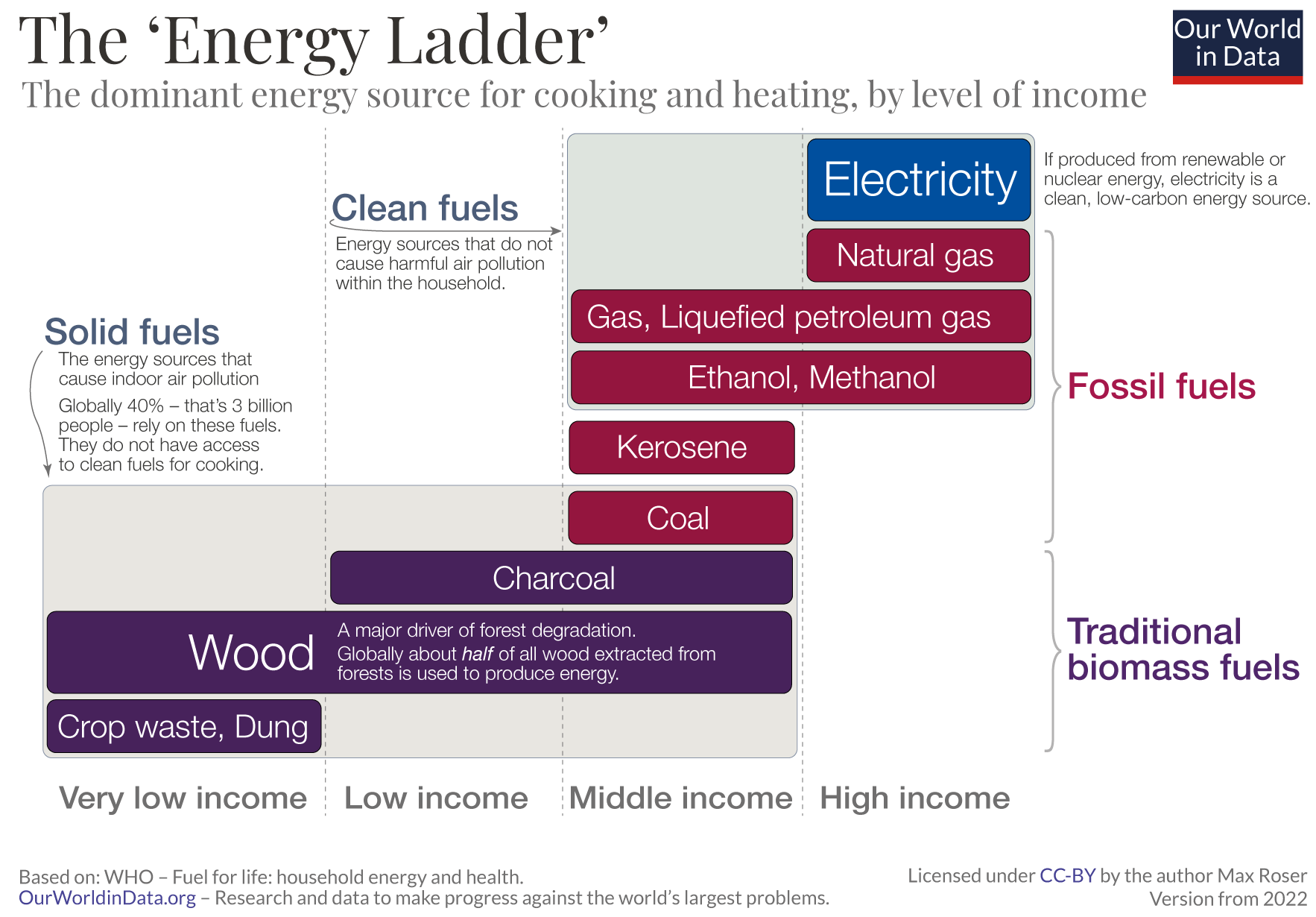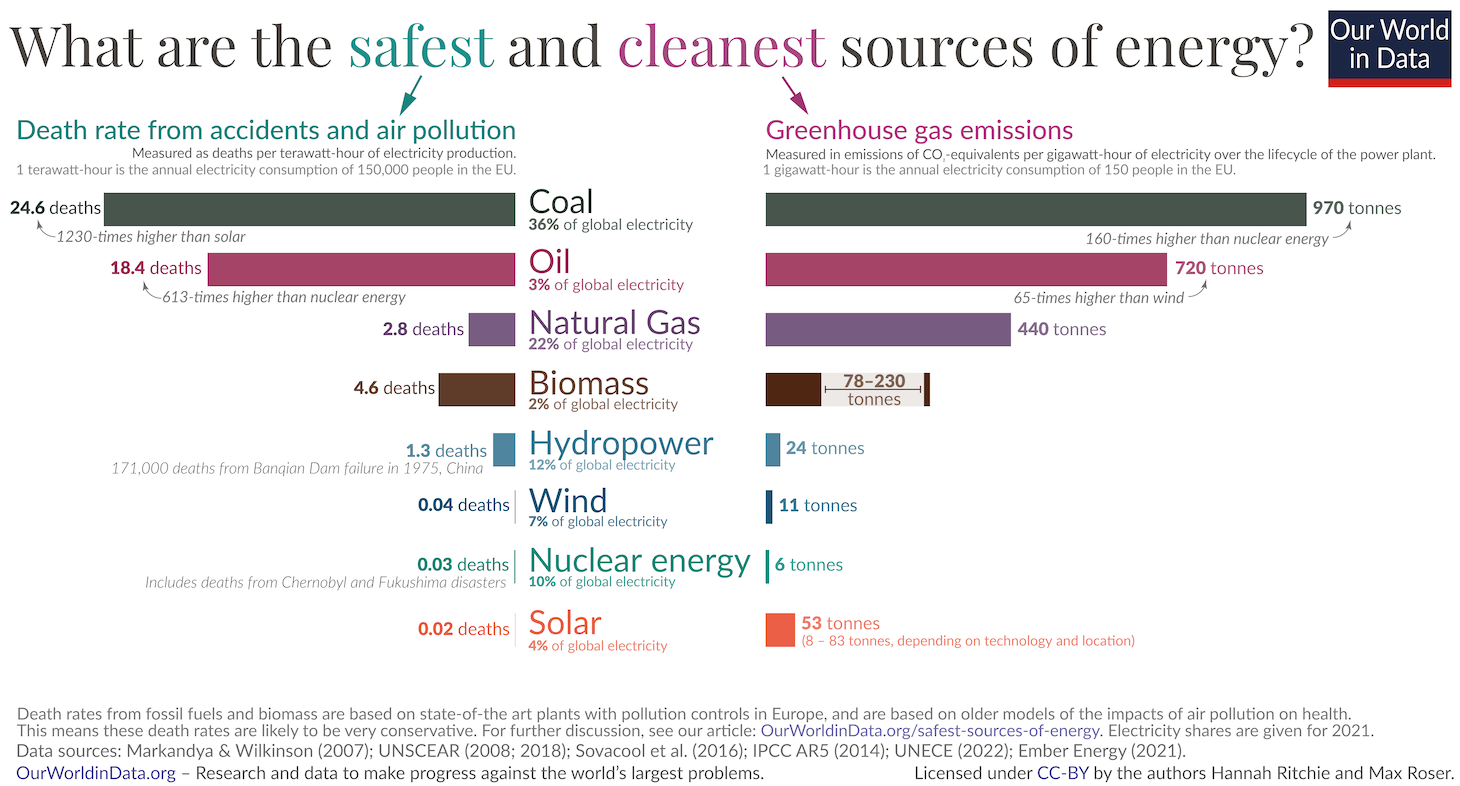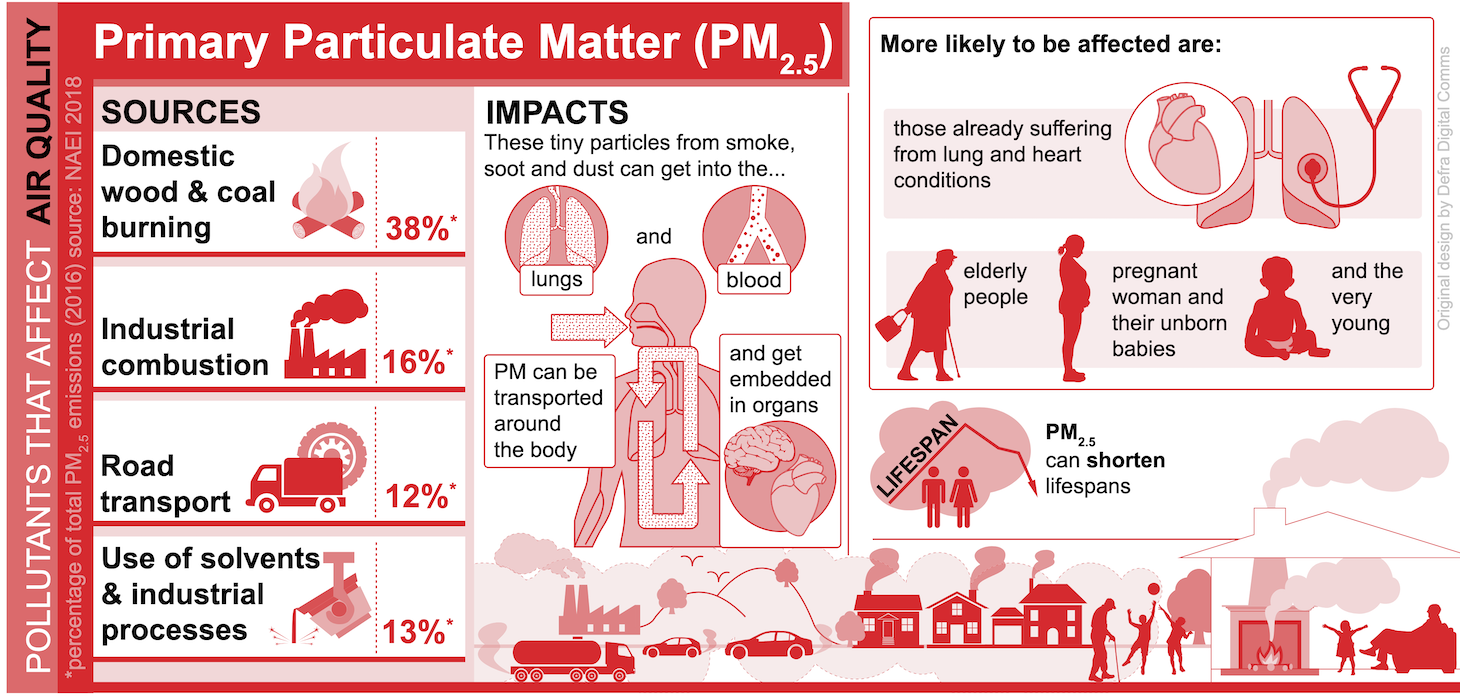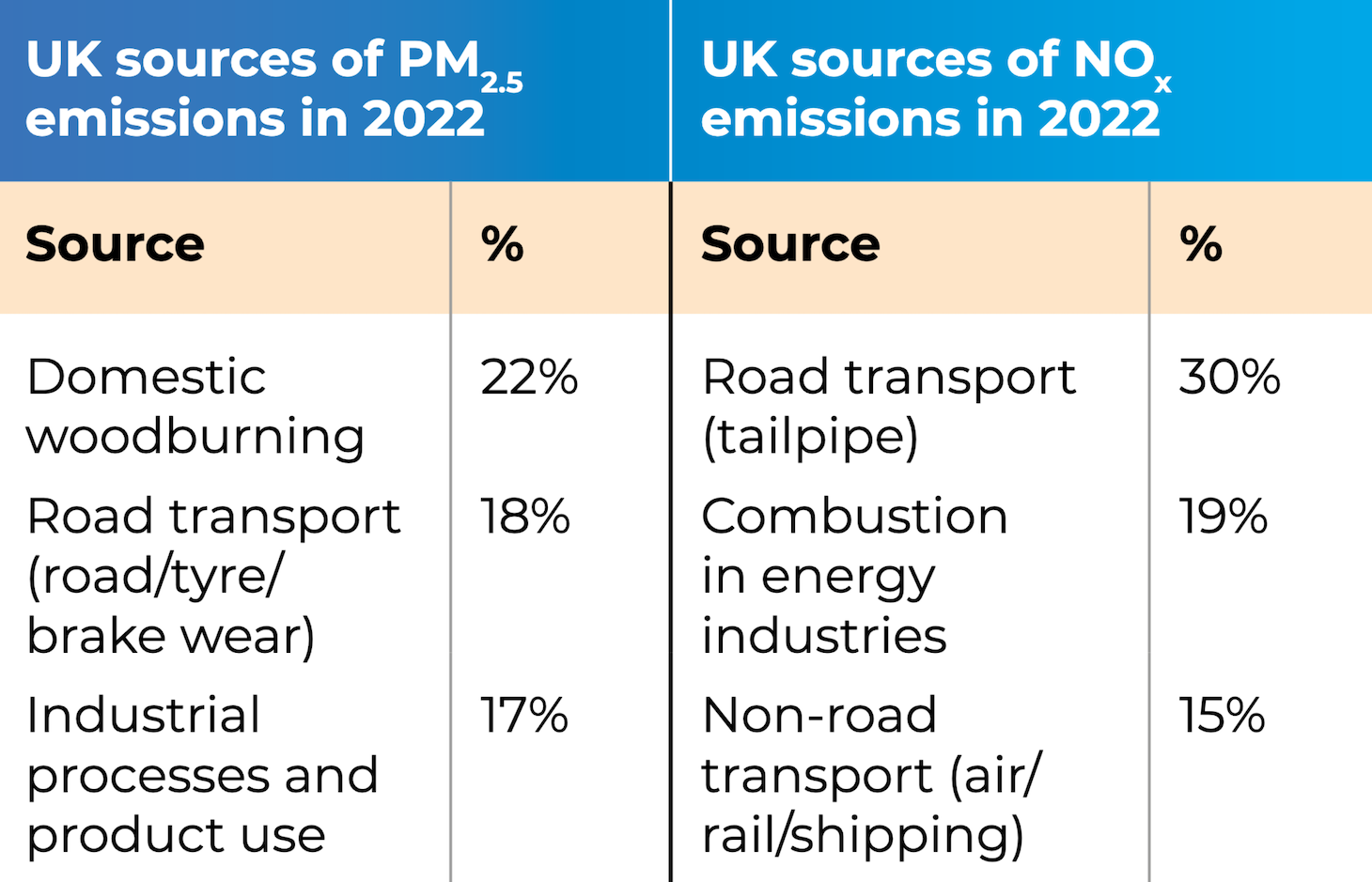We’ve built the world’s largest electric vehicle smart-charging virtual power plant, with over a quarter of a million connected devices, that has more than 1.7 GW of controllable load.
Gigawhat?
We have over 270,000 controllable devices connected to Kraken’s Residential Flex (formerly known as SmartFlex) platform. This allows us to provide over 1.7 GW of flexibility to the electrical grid. For context, this is more power than each of the nuclear reactors currently under construction in the UK (operational around 2030)1.
In more familiar terms, this is 1.4 DeLorean time machines.
We started a few years ago and the growth, starting with fewer than a thousand devices, has been exponential, with no signs that it is slowing down anytime soon.
We also manage grid-scale batteries (including the largest in Europe) and have a couple of GW of these online (about half of the grid-scale batteries in the UK). Domestic flexibility is now of a similar scale to these large commercial assets.

Gigawhy?
Kraken’s mission is to make a big green dent in the universe and positively impact the lives of one billion people within the next decade.
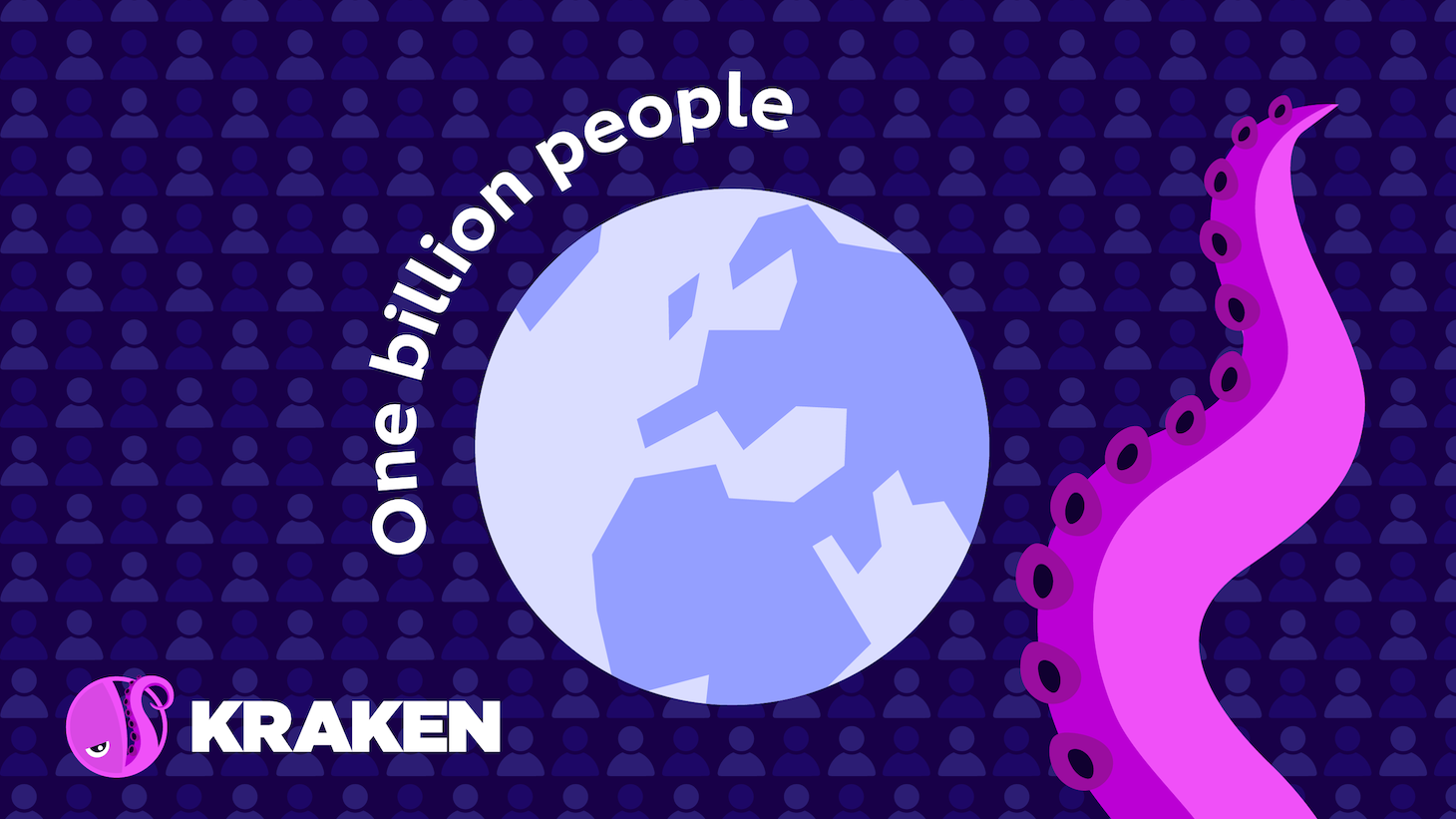
This isn’t simply about climate change, but covers other pollution and environmental problems too, including energy inequality issues. We will achieve this by making it easier to stop burning stuff, and by helping to accelerate the electrification of everything.
We need to get everyone to the top of the energy ladder and move to the safest and cleanest sources of energy. This tackles climate change, health-damaging air pollution and a range of other issues.
To move away from polluting fuels we need to electrify transport and heating, and generate that electricity from hydro, wind, nuclear and solar.
In the UK, we have stopped burning coal for generating electricity. Next we need to stop burning oil and gas (for transportation, heating and electricity generation). Burning wood (biomass) is a step backwards and is more polluting than coal in terms of the amount of CO₂ released per unit of energy.
Nuclear is clean but expensive (hence difficult to finance) and very slow to build. It’s good for the buttery biscuit base load with its constant output but we (also) need energy that is quicker to build and more flexible.
This is why, at Kraken, we focus on renewable generation, demand flexibility and battery storage (both commercial grid-scale batteries and distributed domestic flexibility assets). Intermittent generation from solar and wind is quick to deploy and EVs, far from being an energy problem, are part of the solution for handling this variable energy.
Pollution
We’ve made a big green dent with our EV charging system. EVs are greener anyway, even when the electricity is dirty, as they are far more efficient than burning the fuel locally. However, by shifting EV charging to off-peak times when electricity is greener (i.e. more wind, less burning), we have an even bigger impact.
But that’s not all, stopping BS will not only tackle global heating and climate breakdown but will significantly improve air quality. The health costs of air pollution (especially in cities, and to children and the old) are significant.
Road transport is the second or third biggest source of particulate pollution in the UK (depending on who you ask). EVs are significantly less polluting than legacy ICE vehicles2, and not only reduce air pollution but also lower noise pollution (as they are much quieter).
Breakdown
By providing grid flexibility services, we reduce the cost of infrastructure upgrades, and hence increase the deployment of clean green energy. This allows us to make charging an EV cheaper for the consumer, by passing on this grid balancing value as savings on the electricity. We also directly reduce CO₂ emissions by shifting electricity consumption to greener times and support the grid with exports at less-green times.
We estimate that the carbon savings from our charging optimisation of EV fleets in the last 12 months are over 8,900 tonnes of CO₂. This is equivalent to over 890,000 trees of CO₂ captured, based on a tree absorbing 10 kg of CO₂ per year.
Carbon savings are estimated using a carbon accounting approach for EVs. We compare the CO₂ emissions from optimised charging with those from business-as-usual (charge when plugged in), informed by half-hourly average carbon intensity.
For example, when an EV that we optimise charging for is plugged in, we don’t charge it immediately but wait for the cheapest and greenest times that night. This reduces demand at peak times and shifts the load to when there is more capacity.
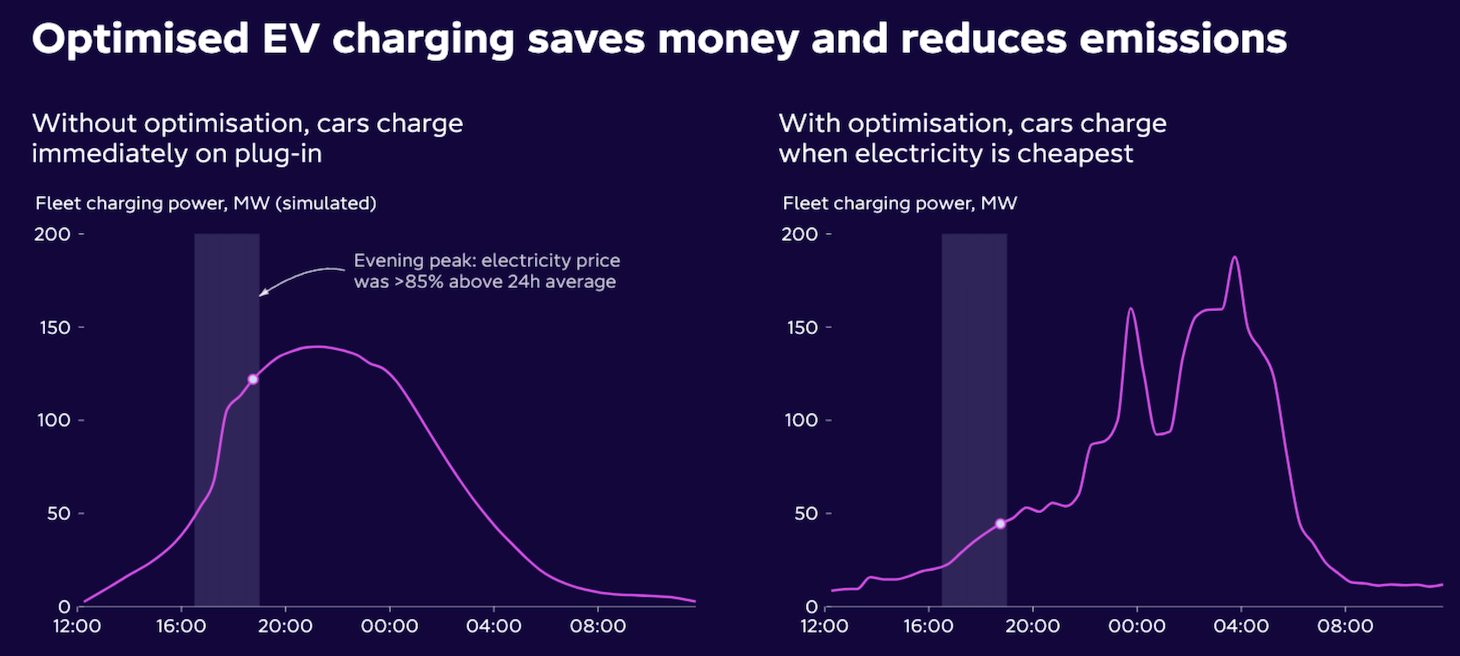
Not only do we provide traditional load shifting, but at a national level we also participate in grid services such as the Capacity Market and the Balancing Mechanism using aggregated domestic devices. The optimisation also accounts for the Demand Flexibility Service and local/regional grid services, although it isn’t involved directly. Commercial assets participate in even more of these GB flexibility markets.
Kraken Residential Flex (formerly known as SmartFlex) supports many different device types, not only EVs:
- Electric Vehicles (EV) and supply equipment (EVSE / charge points)
- Including bidirectional (vehicle-to-grid / V2G) charging
- Home batteries and rooftop solar panel inverters
- Heat pumps (air source / air-to-water)
- Thermostats (air conditioning / HVAC)
- Storage heaters (via smart meter ALCS)
In this context, EV means cars and some vans, but electric motorcycles, scooters and bikes are often great options for personal transport. We hope to support these in the future but are focusing on higher power connected devices for now, as they have a bigger impact.
We require a device to be smart and connected in order to integrate with it. We typically integrate to a manufacturer’s cloud services (e.g. to connect to a vehicle or charge point) although we support open standards such as OCPP where possible.
We also started the Mercury Consortium to encourage interoperability and open standards.
…to bridge manufacturers of flexible and low carbon technologies and electric utilities by developing guidelines and best practices that ensure seamless functionality and communication between devices and energy grids. While existing standards address some aspects of this, our focus is on interoperability, not creating more standards.
In addition to our EV and EVSE integrations we also integrate with a similar number of smart meters in realtime using CAD connections over home Wi-Fi. This gives us much greater insight than the legacy overnight batch architecture of the GB smart meter system. We can see how the grid is performing at a local level as we optimise the fleet of low carbon technology.
Roadmap
Here are some of the features that we plan to support in the future.
V2G
We already support V2G via DC EV chargers. However, some vehicle manufacturers are now catching up with this technology and adding V2G capability to the vehicles directly. We are planning to add support for AC V2G using the EV OBC and a compatible EVSE charge point. This should make bidirectional charging much more affordable.
We’re looking to improve our OCPP support. Protocols like ISO 15118-20 improve on the existing one-way SAE J1772 signalling protocol and make this more viable. This enables V2G and also allows the EVSE to know about the state of charge (battery %) of the vehicle (or vehicles). There are also protocols such as EEBUS that do similar things at a HEMS level.
Multiple vehicles
As EV adoption accelerates, we are seeing a growing number of customers that now have more than one EV. We plan to support multiple vehicles on an account when integrating with the EV directly.
This is already supported when integrating via the EVSE. However, we are looking to improve the experience of this too.
Heat
EVs currently make up the majority of the fleet but heat pump installations are ramping up in the UK and we predict this to be a big growth area. More on this in a later post.
Residential Flex Connect
Historically, adding an integration has involved lots of custom work due to lack of standards. We’re working to improve interoperability and standardisation in the industry.
We are also defining the use of common standards and allowing manufacturers to connect to Kraken, rather than Kraken having to connect to their custom API. This will allow manufacturers to self-serve and not have to wait in the queue, while still ensuring high levels of security and mutual authentication.
Smart and secure
We are working with the industry to build interoperability specifications that will ensure devices remain functional if a vendor goes out of business or chooses to stop supporting an old service. It’s annoying when a cheap device is declared end-of-life by its manufacturer but vehicles, home batteries and heat pumps are not cheap, and losing connectivity limits their usefulness.
We plan to put forward designs that utilise E2EE to ensure that devices can use alternative cloud services if the original ones cease to function. Commands and queries will be authenticated on the “edge node” devices themselves, increasing the security of the infrastructure in case of a compromise of the cloud services.
Kraken apps
Finally, we are enabling the use of other VPP providers in Kraken for Residential Flex (formerly SmartFlex) in addition to (or instead of) KrakenFlex. Kraken is an OS for utilities and clients can install their own apps into it.
We don’t lock clients in to a particularly solution. We want clients to use KrakenFlex, not because they have to, but because they want to, as it is the best (and we believe that it is).
-
Both Hinkley Point C and Sizewell C will have two reactors at 1.6 GW each. Hinkley Point C is expected to be operational 2029-2031 and Sizewell C 2031 at the earliest. ↩
-
There are myths that EVs emit more PM (from tyre wear) than similar ICE vehicles but these claims are simply not true (RAC report that busts these) and conveniently ignore the obvious ICE exhaust pollution. Focusing on this tiny source of PM is missing the wood for the trees. ↩
Would you like to help us build a better, greener and fairer future?
We're hiring smart people who are passionate about our mission.
- Electrifying and flexing low-carbon domestic heating in the home
- Building an AI copilot to make on-call less painful
- How we ship over 100 versions a day to over 25 environments in more than 10 countries
- Avoiding race conditions using MySQL locks
- Estimating cost per dbt model in Databricks
- Automating secrets management with 1Password Connect
- Understanding how mypy follows imports
- Optimizing AWS streams consumer performance
- Sharing power updates using Amazon EventBridge Pipes
- Using formatters and linters to manage a large codebase
- Our pull request conventions
- Patterns of flakey Python tests
- Integrating Asana and GitHub
- Durable database transactions in Django
- Python interfaces a la Golang
- Beware changing the "related name" of a Django model field
- Our in-house coding conventions
- Recommended Django project structure
- Using a custom Sentry client
- Improving accessibility at Octopus Energy
- Django, ELB health checks and continuous delivery
- Organising styles for a React/Django hybrid
- Testing for missing migrations in Django
- Hello world, would you like to join us?

